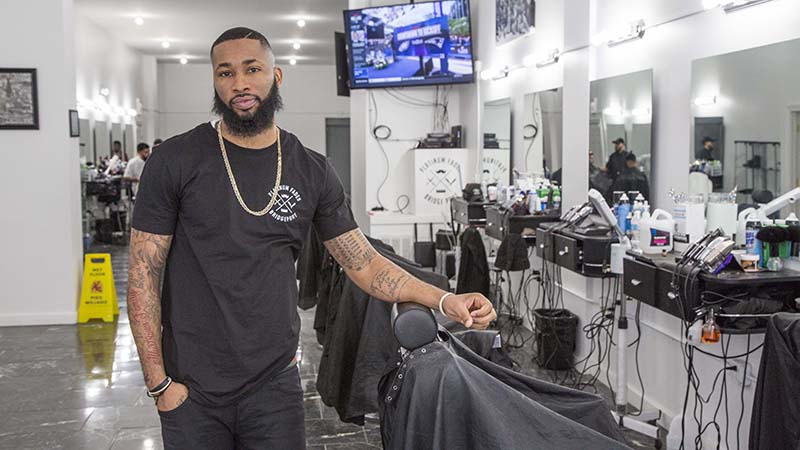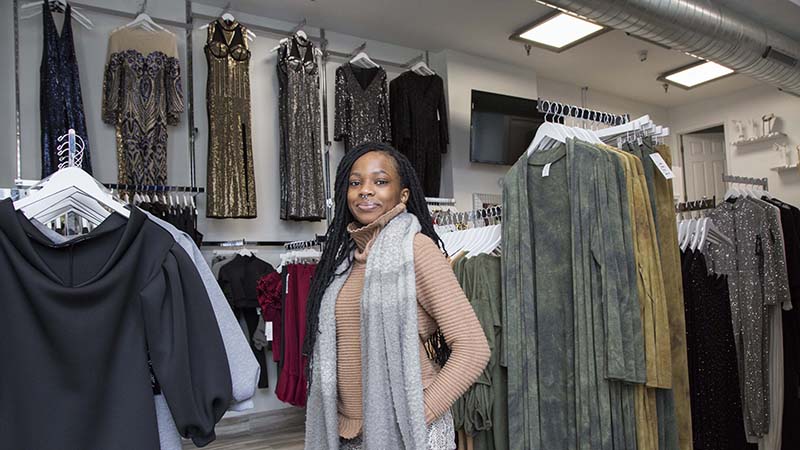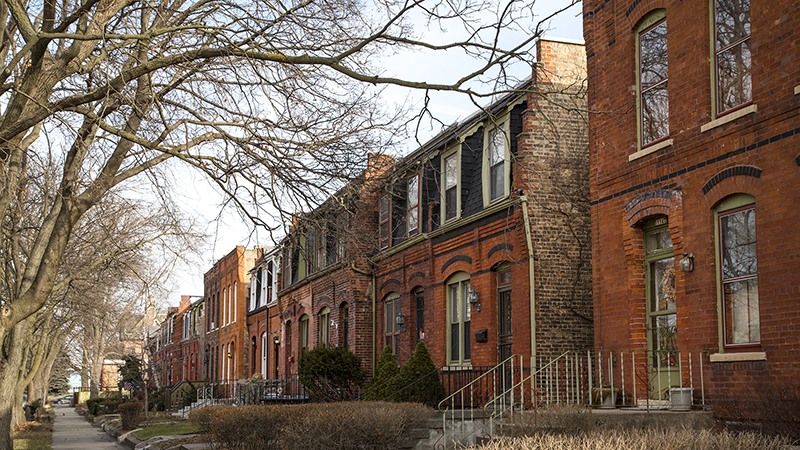The Value of Local Businesses
Given the lack of services available in the South and West Sides, small businesses—particularly minority and women owned businesses—are vital to the economic recovery of Chicago’s densely populated and often forgotten communities.
That’s why Shelton felt it was critical for her to open her restaurant in a neighborhood that has seen its share of tough times. She believes that investing in the community “helps create more opportunity for other businesses, including other black women led businesses, to want to collaborate and help strengthen our neighborhood.”
Another bonus to Shelton’s beloved restaurant opening was that she was able to employ local residents, an example of the critical role that small businesses play in creating economic opportunity. In fact, a 2016 study by the Institute for a Competitive Inner City shows that small businesses in Chicago’s inner city neighborhoods provide nearly 70 percent of jobs, compared to 58 percent of jobs in the city overall.
According to Ascend 2020, the median white-owned small business has revenue 1.5 times larger than the median Latino-owned company and five times larger than the median African-American owned firm.
Investing in Local Businesses
Despite being essential to economic growth in underserved neighborhoods, small business owners often have trouble sourcing the necessary funds to develop or expand their businesses. According to Ascend 2020, the median white-owned small business has revenue 1.5 times larger than the median Latino-owned company and five times larger than the median African-American owned firm.
JPMorgan Chase, for one, is looking to reverse that trend. The firm recently announced a $4 million investment to provide minority entrepreneurs with critical access to capital, education and resources.
“South and West Side neighborhoods hold tremendous economic opportunity, but we can do more to ensure that everyone has a chance to participate in Chicago’s continued growth,” said Jamie Dimon, Chairman and CEO JPMorgan Chase. “The Entrepreneurs of Color Fund has unlocked capital and created hundreds of jobs in Detroit, and now we’re excited that Chicago small businesses will have the same chance to grow and succeed.”
JPMorgan Chase has invested $40 million in the hopes of creating lasting economic opportunity in Chicago’s South and West Sides that will support local, minority-owned small business. To that end, the firm has invested $3 million to launch the Entrepreneurs of Color Fund in Chicago, in addition to a $1 million investment in business mentoring programs.






